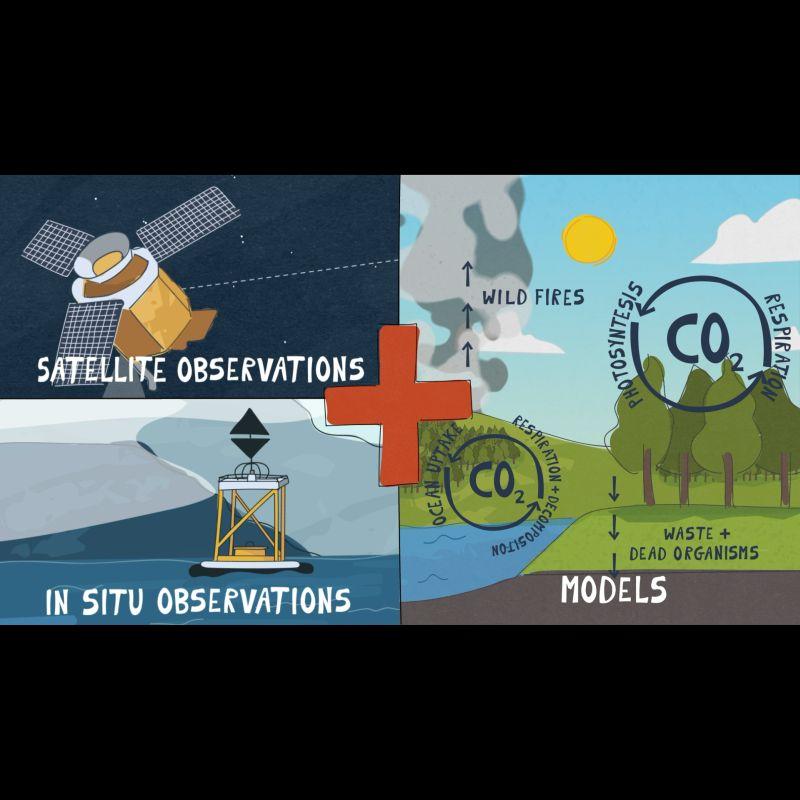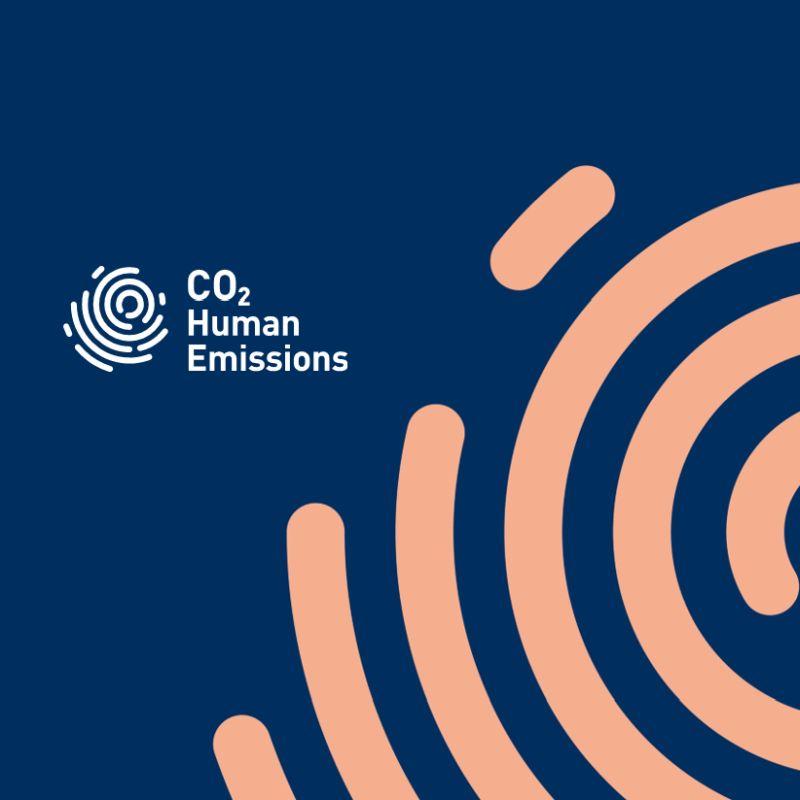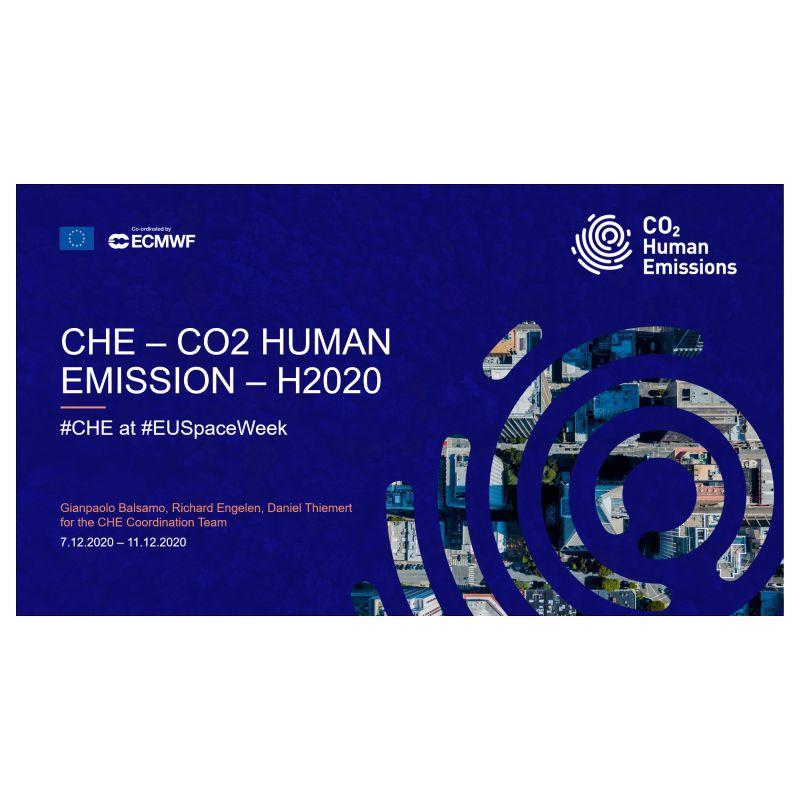With last month’s release of the IPCC Special Report on Global Warming of 1.5°C , it has become even more apparent that current pledges fall short of limiting global warming to the objectives stated in the Paris Agreement. Agreed by 195 nations at the 21st Conference of the Parties to the United Nations Framework Convention on Climate Change (UNFCCC) in December 2015, this Agreement included the aim of strengthening the global response to the threat of climate change by ’holding the increase in the global average temperature to well below 2°C above pre-industrial levels and pursuing efforts to limit the temperature increase to 1.5°C above pre-industrial levels.’ As part of the Agreement, all Parties agreed to a global stocktake every five years, starting in 2023. The aim is to assess the collective progress towards achieving the purpose of the Agreement and to inform of further individual actions to be taken by Parties.
The European Union’s Copernicus programme has launched an initiative to support the stocktaking exercise with a new observation-based service to monitor CO2 emissions resulting from human activities. The analysis of these measurements will allow EU Member States and other countries to track progress in achieving the Paris Agreement goals. To illustrate the reasoning behind the service, as well as its goals, a short video has now been released.




